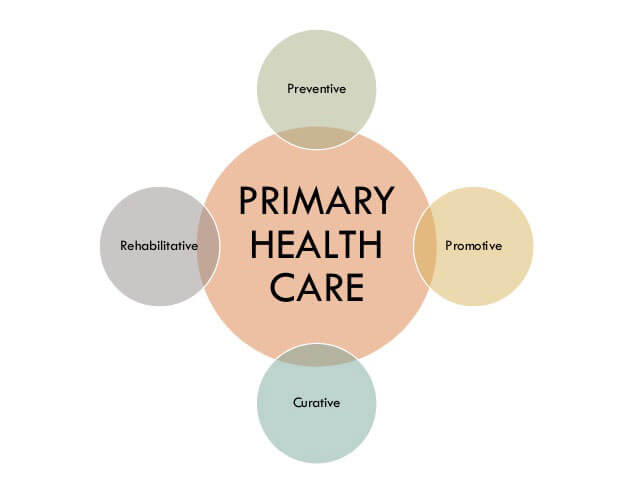What is the full form of PHCPHC: Primary Health CarePHC Stands for Primary Health Care. For the majority of people, primary healthcare is where they initially seek medical attention. Primary health care professionals include community pharmacists, optometrists, and dentists, although they are mostly supplied by general practitioners (GPs). Regardless of the patient's issue, the goal is to offer an easily navigable path to care. The focus of primary healthcare is on treating the whole person rather than a single condition. This means that professionals practicing in general practice are generalists rather than specialists in a specific disease area, addressing a wide range of medical, psychological, and social problems. PHC was founded on principles of social justice, equity, cooperation, and involvement. It is predicated on the understanding that every human being, regardless of status, has a fundamental right to the enjoyment of the best degree of health that is reasonably feasible. PHC tackles the more extensive health factors and concentrates on the entire and interconnected elements of physical, mental, and social health and wellbeing. Instead of only treating a handful of specific disorders, it offers whole-person care for health requirements across the lifespan. 
HistoryIn the 1970s, when the basic needs approach to social development gained popularity, the idea of primary health care (PHC) emerged. According to Newell (1975), WHO and UNICEF developed the primary health care strategy as a means of achieving Health for all by the year 2000. This strategy was informed on the one hand by the disappointments experienced in implementing the basic health services approach, on the other hand by the remarkable progress made in improving health in China, as well as by the successes of many small, community-based health care initiatives that were largely inspired by NGO's. Objectives
Importance
Key Facts
Primary Health Care ServicesPrimary healthcare providers offer a range of services, including:
Next TopicFull Form
|
 For Videos Join Our Youtube Channel: Join Now
For Videos Join Our Youtube Channel: Join Now
Feedback
- Send your Feedback to [email protected]
Help Others, Please Share










